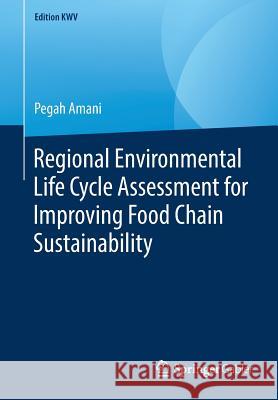Regional Environmental Life Cycle Assessment for Improving Food Chain Sustainability » książka
topmenu
Regional Environmental Life Cycle Assessment for Improving Food Chain Sustainability
ISBN-13: 9783658240080 / Angielski / Miękka / 2019 / 243 str.
Kategorie:
Kategorie BISAC:
Wydawca:
Springer Gabler
Seria wydawnicza:
Język:
Angielski
ISBN-13:
9783658240080
Rok wydania:
2019
Wydanie:
2012, Reprint 2
Ilość stron:
243
Waga:
0.43 kg
Wymiary:
24.41 x 16.99 x 1.45
Oprawa:
Miękka
Wolumenów:
01
Dodatkowe informacje:
Bibliografia
Wydanie ilustrowane
Wydanie ilustrowane











